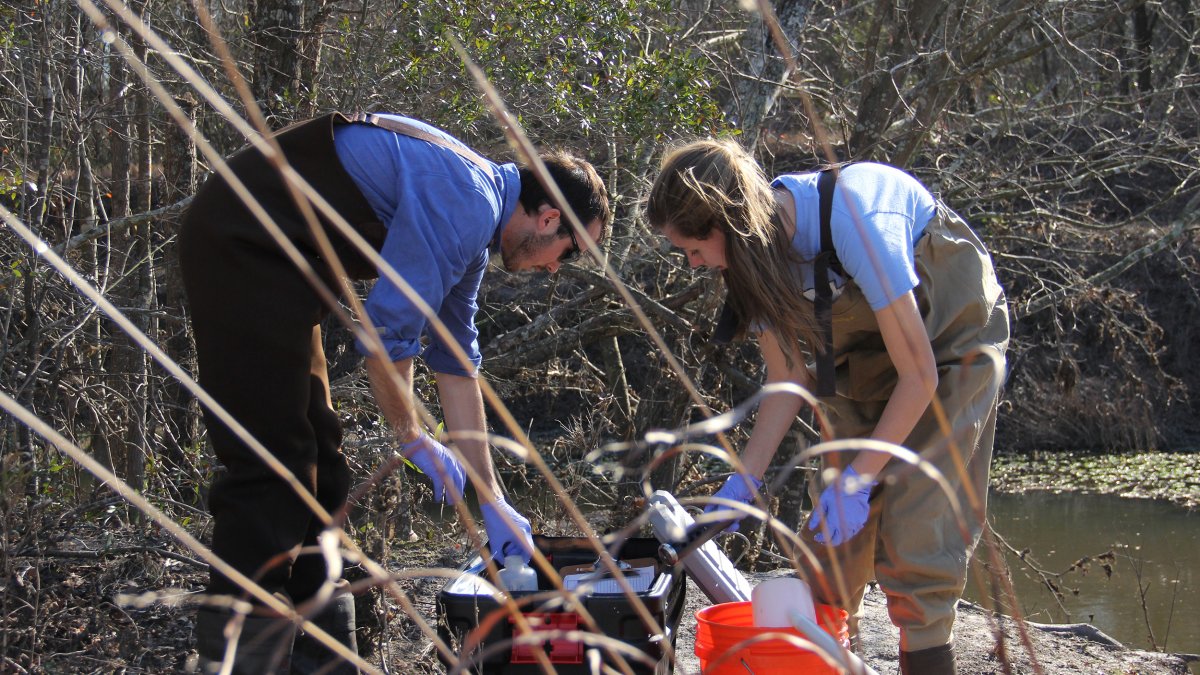UNC researchers respond to Hurricane Matthew
Hurricane Matthew proved to be on of the most destructive hurricanes in decades as it delivered 350 millimeters of rain over just 24 hours in North Carolina alone.

One of the most destructive hurricanes of the past decades, Hurricane Matthew delivered 350 millimeters of rain over the course of just 24 hours in North Carolina alone.
It caused $1.5 billion in flood damage to 100,000 houses, businesses, and government buildings, took the lives of 28 North Carolinians, forced more than 4,000 people to evacuate, and slammed into 50 counties across the state, according to the North Carolina Department of Public Safety.
It’s been nine months since Matthew ravaged eastern North Carolina, and during that time, eleven different research teams began storm-related projects on topics like water quality, buy-out programs, and coastal resilience.
Today, on the first day of the 2017 hurricane season, take a look at this interactive map created by the UNC Research communications team to see how Carolina researchers are impacting the state, helping develop plans and guide policy for when the next storm hits.




